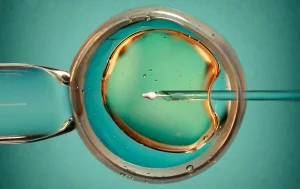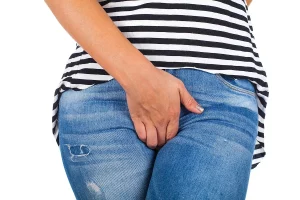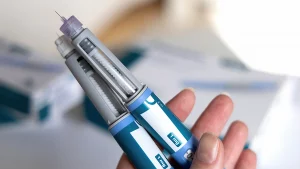 Two of the most popular New Year’s resolutions are quitting nicotine and caffeine. If you’re one of the ambitious few who has chosen to give up one or both of the above substances, first of all, congratulations. This isn’t an easy feat, and if you manage to stick with your decision, the health benefits are endless.
Two of the most popular New Year’s resolutions are quitting nicotine and caffeine. If you’re one of the ambitious few who has chosen to give up one or both of the above substances, first of all, congratulations. This isn’t an easy feat, and if you manage to stick with your decision, the health benefits are endless.
Every person is different. Some people can quit cold turkey with few side effects, while others go through major withdrawals and get violently sick. It all depends on your body, severity of addiction and other factors, but here is a list of what you can expect to go through when quitting smoking and soda/coffee, in addition to the numerous benefits that will serve to keep you motivated as you proceed to navigate the stormy (and sometimes calm) seas ahead.
Quitting Nicotine
Benefits: Not only does quitting smoking decrease the risk of diabetes and cancer but it also improves the function of your blood vessels, heart and lungs and helps slow down the signs of aging. Smoking causes yellowing of the teeth, contributes to saggy skin and wrinkles, uneven skin tone, loss of collagen and elasticity, brittle bones, dry skin and hair loss, and in some cases even affects fertility.
What to expect:
20 minutes: Less than 20 minutes after you stop smoking, your heart rate drops back towards normal levels.
2 hours: Heart rate and blood pressure decrease to near normal. Peripheral circulation improves and tips of fingers and toes warm up. This is when the withdrawal symptoms start to set in and include intense cravings, drowsiness, increased appetite, anxiety/tension/frustration.
12 hours: Carbon monoxide levels decrease and blood oxygen levels normalize.
24 hours: After one full day of not smoking, your risk of heart attack drops.
48 hours: Nerve endings start to regrow and your smell and taste are enhanced.
3 days: The nicotine is completely out of your body. This is generally when symptoms of withdrawal peak, and you may experience headaches and nausea along with other emotional symptoms.
2-3 weeks: Your lungs begin to clear, making breathing easier. It is easier to engage in physical activity without feeling winded. At the 2-week mark, most withdrawal symptoms begin to dissipate.
1-9 months: The cilia (tiny hair like organelles that push mucus out of your lungs) begin to repair themselves and function properly, reducing your risk of infection. Coughing and shortness of breath decrease dramatically.
1 year: Congrats on your amazing accomplishment! Your risk for heart disease has been lowered by 50 percent and health benefits will only continue to maximize.
Quitting Caffeine
Benefits: Increased levels of energy that last throughout the day minus the “crashing” symptoms, improved sleep, lowered risk of cardiovascular disease, improved digestion, decrease in stress hormones, balanced electrolytes and improved hydration in the body, as well as higher serotonin (‘happy’ hormone) levels.
What to expect:
Coffee withdrawal symptoms tend to be at their worst right after quitting, and most symptoms of withdrawal typically disappear after three to four days. Many people, in order to avoid the drug addict-like withdrawal episode, choose to wean themselves off caffeine, by slowly decreasing their consumption amount on a daily basis. The most common withdrawal symptoms include headaches, drowsiness, irritability, depression, lethargy, flu-like symptoms, insomnia and muscle pain and stiffness, to name a few.
Right after you quit, it may feel like you’ve been hit over the head with a ton of bricks or like you’re coming out of the worst hangover you’ve ever had, but if you persist and get through the hard part, you’ll end up feeling the best that you’ve ever felt in your life.
















